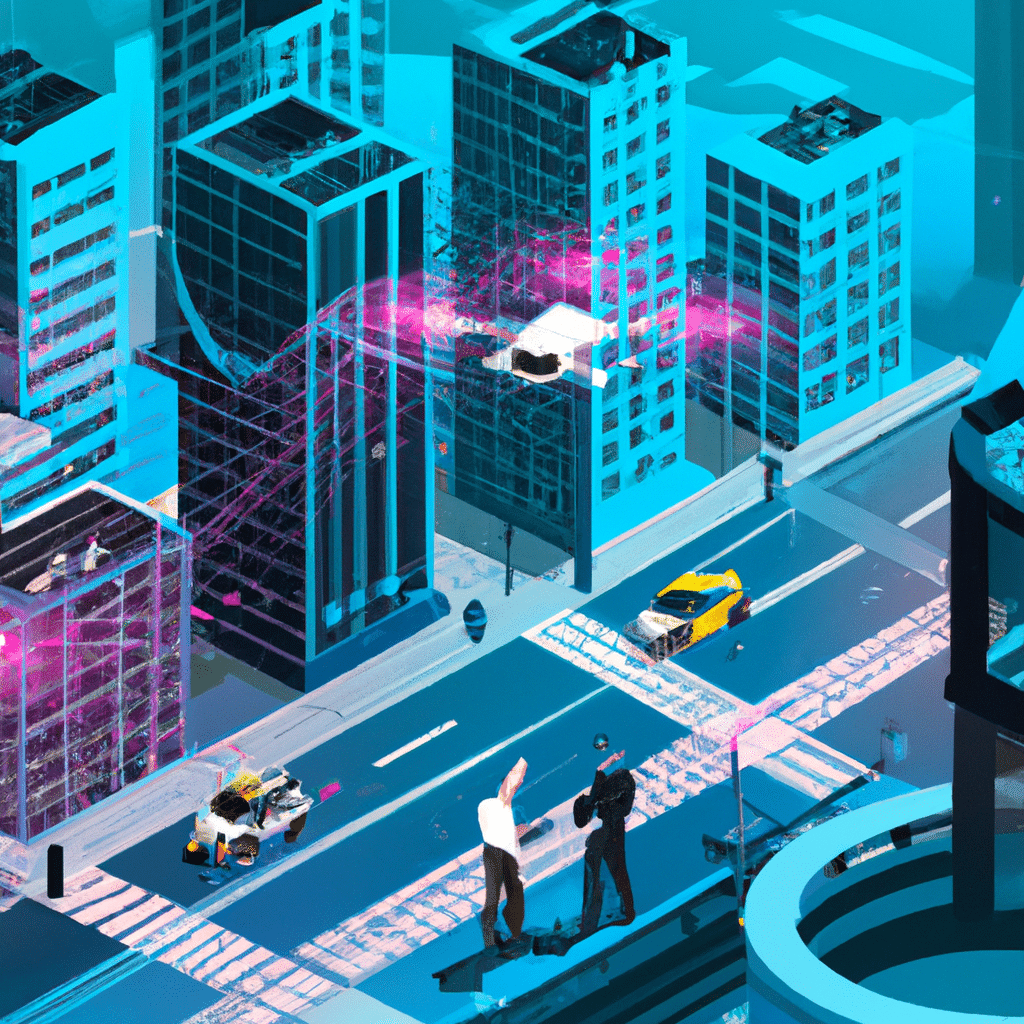The Role of AI in Reducing Crime Rates

As technology continues to advance, the use of artificial intelligence (AI) in law enforcement has become more prevalent. AI has the potential to revolutionize the way we approach crime prevention and detection, and it has already shown promising results in reducing crime rates.
In this article, we will explore the role of AI in reducing crime rates, including its benefits, limitations, and future potential.
What is AI?
Before we dive into the role of AI in reducing crime rates, let’s first define what AI is. AI refers to the ability of machines to mimic human intelligence and perform tasks that would typically require human intelligence, such as visual perception, speech recognition, decision-making, and language translation.
AI can be divided into two categories: narrow or weak AI and general or strong AI. Narrow AI refers to AI that is designed to perform a specific task, such as facial recognition or speech recognition. General AI, on the other hand, refers to AI that can perform any intellectual task that a human can.
The Benefits of AI in Law Enforcement
AI has the potential to transform law enforcement by providing police officers with powerful tools to prevent and solve crimes. Here are some of the benefits of using AI in law enforcement:
Crime Prediction
One of the most significant benefits of AI in law enforcement is its ability to predict crimes before they occur. By analyzing data from various sources, such as crime reports, social media, and surveillance cameras, AI algorithms can identify patterns and predict where and when crimes are likely to occur.
This information can then be used by law enforcement to deploy resources to high-risk areas and prevent crime before it happens. In some cases, AI has been able to predict crimes with remarkable accuracy, giving law enforcement a valuable tool to keep communities safe.
Facial Recognition
Facial recognition is another area where AI has shown remarkable promise. Facial recognition algorithms can analyze surveillance footage and identify suspects, even in low-quality video or images.
This technology has already been used to identify suspects in high-profile crimes, such as the Boston Marathon bombing and the London riots. By using facial recognition technology, law enforcement can quickly identify suspects and bring them to justice.
Predictive Policing
Predictive policing is a revolutionary approach to law enforcement that uses AI to identify patterns and predict where crimes are likely to occur. By analyzing data from various sources, such as crime reports, social media, and surveillance cameras, predictive policing algorithms can identify high-risk areas and deploy resources to prevent crime before it happens.
This approach has already shown promising results in cities like Los Angeles and Chicago, where it has helped reduce crime rates significantly.
Faster Investigations
AI can also help speed up investigations by analyzing large amounts of data quickly. For example, AI algorithms can analyze social media posts to identify potential suspects or analyze cell phone data to track a suspect’s movements.
By using AI to analyze data, law enforcement can quickly identify suspects and gather evidence, leading to faster and more effective investigations.
The Limitations of AI in Law Enforcement
While AI has shown promising results in reducing crime rates, it is not without its limitations. Here are some of the limitations of using AI in law enforcement:
Bias
One of the most significant concerns with using AI in law enforcement is the potential for bias. AI algorithms are only as good as the data they are trained on, and if that data is biased, the algorithm will be biased as well.
For example, facial recognition algorithms have been shown to be less accurate when identifying people of color, leading to concerns about racial bias in law enforcement.
Privacy Concerns
Another concern with using AI in law enforcement is privacy. AI algorithms can collect vast amounts of data, and if that data is misused, it could lead to privacy violations.
For example, facial recognition technology could be used to track people’s movements without their knowledge or consent, leading to concerns about government surveillance.
Overreliance on Technology
Finally, there is a concern that law enforcement could become over-reliant on technology, leading to a loss of critical thinking skills and a lack of human judgment.
While AI can provide valuable insights into crime prevention and detection, it should be used in conjunction with human judgment and critical thinking skills.
The Future of AI in Law Enforcement
Despite its limitations, AI has the potential to revolutionize law enforcement and reduce crime rates significantly. As technology continues to advance, we can expect to see more AI-powered tools and systems used in law enforcement.
However, it is essential to ensure that these tools are developed and used responsibly. Law enforcement agencies must take steps to address concerns about bias and privacy and ensure that AI is used in conjunction with human judgment and critical thinking skills.
Conclusion
In conclusion, AI has the potential to transform law enforcement and reduce crime rates significantly. By providing police officers with powerful tools to prevent and solve crimes, AI can help keep our communities safe.
While there are concerns about bias, privacy, and overreliance on technology, these issues can be addressed by developing and using AI responsibly.
As technology continues to advance, we can expect to see more AI-powered tools and systems used in law enforcement. By embracing these technologies and using them responsibly, we can create a safer and more secure world for everyone.












